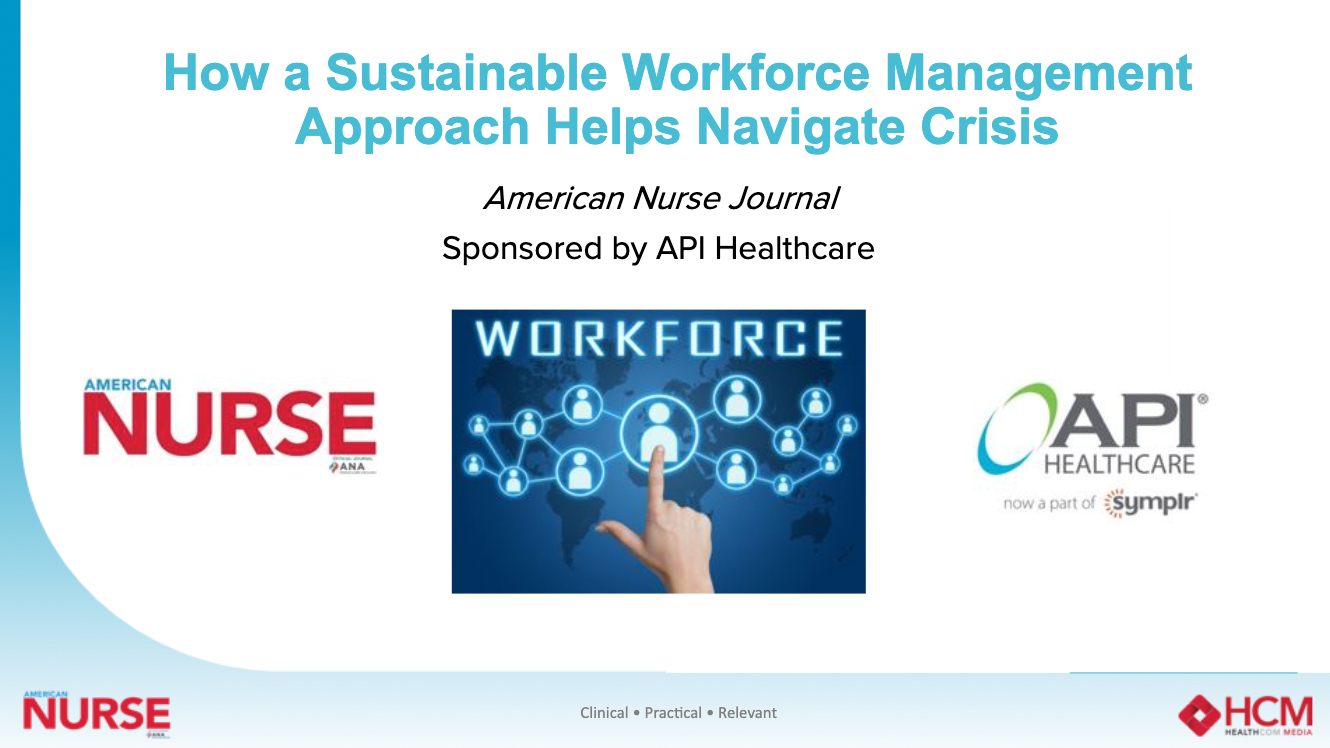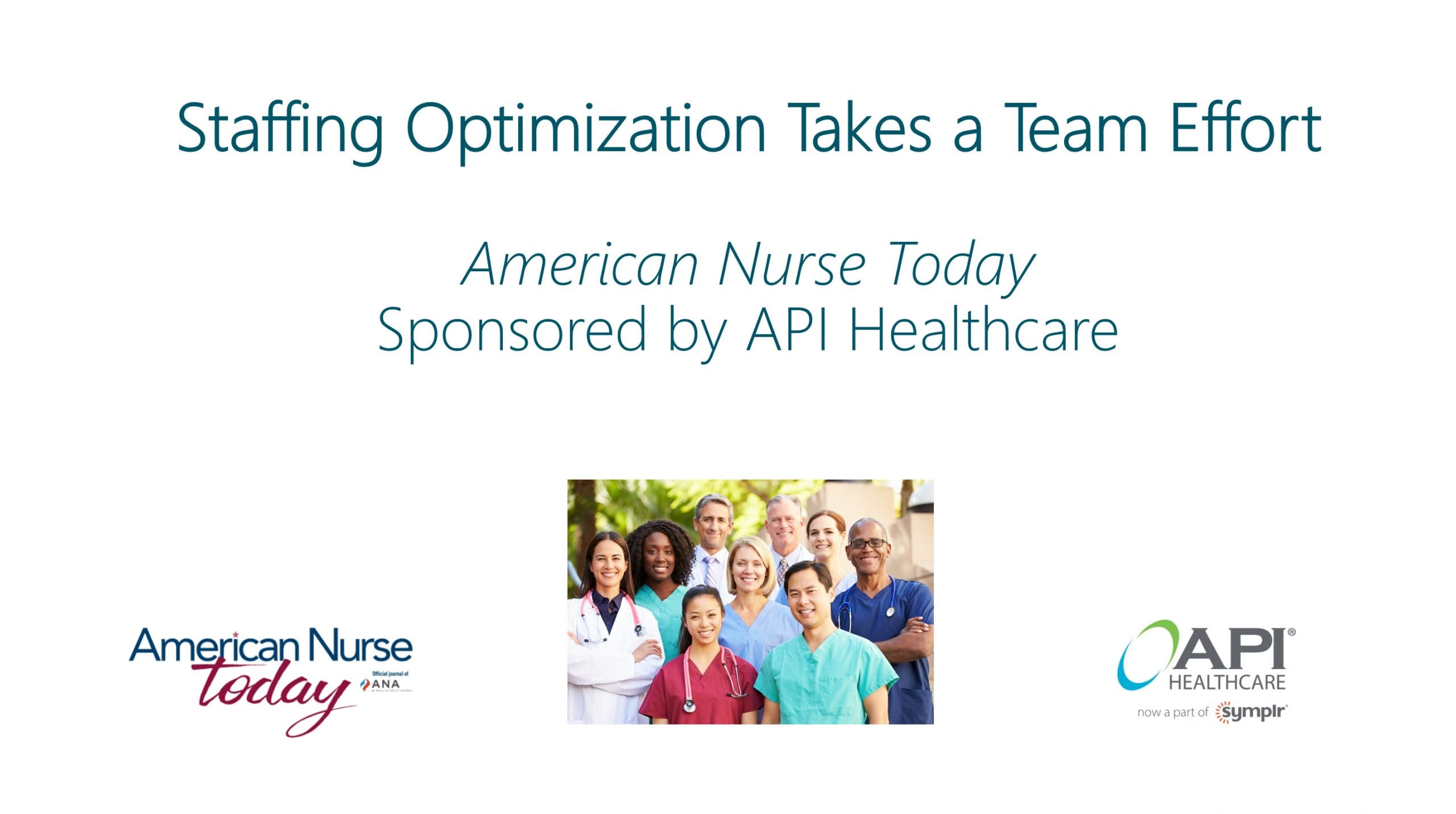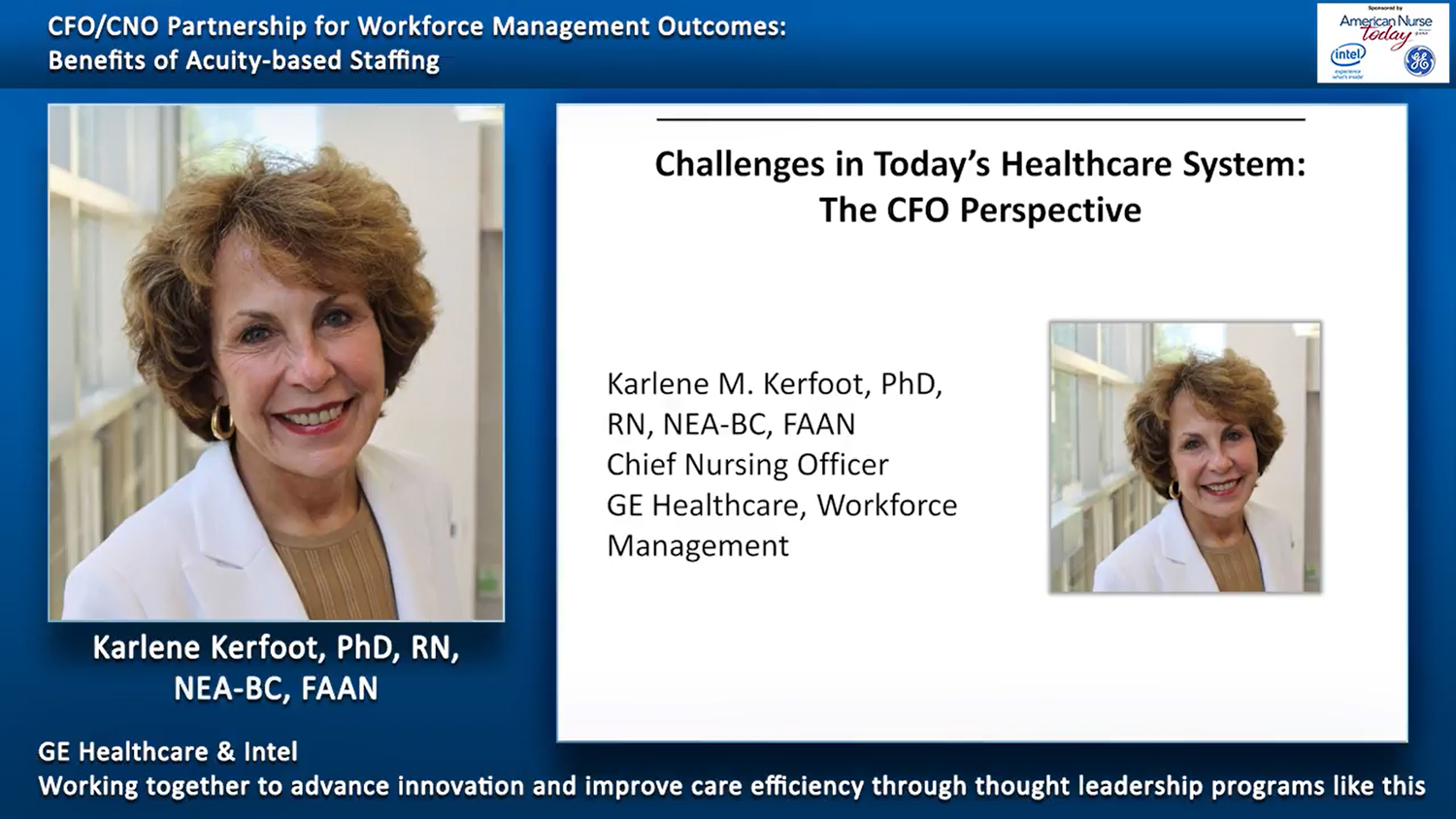Technology can help you make the right staffing choices.
An interview with Lisa J. Massarweh, DNP, RN, PHN, NEA-BC, CPHQ, CCRN-K, executive director of patient care services, performance & workforce strategy at Kaiser Permanente in Oakland, California.
Northern California Kaiser Permanente has stepped into a new world of workforce management. After using the same scheduling system for 3 decades, Kaiser Permanente is rolling out new workforce management technology and sunsetting its DOS-based system.
“Right now, we’re straddling two worlds,” Massarweh says. “When this new technology is effectively utilized, nurse managers can appropriately and efficiently distribute the workload, allowing their nursing staff to provide exceptional care and improve patient outcomes and satisfaction.”
One impetus for the change was the healthcare system’s outdated scheduling application, which wouldn’t likely have technical support in the future. The new system, called KP Schedule, not only includes technical support, but benefits employees. It
also helps Kaiser Permanente meet its mission of providing high-quality, affordable care to its community. “All of those elements naturally came together for us to garner executive leadership support and to be able to review the benefits of change with leaders in our medical centers,” Massarweh says.
The selection process included input from a diverse group of principal stakeholders from Northern California Kaiser Permanente and the other systems’ regions. They evaluated multiple proposals from vendors before deciding on GE Healthcare’s API workforce management software.
The entire Northern California region will soon be using the single integrated KP Schedule system. “We started with two small hospitals, and then we added two larger hospitals, and then added five more,” Massarweh says. “In our next wave, we’re bringing 12 hospitals onboard simultaneously.”
Currently, some system hospitals are using KP Schedule for staffing nurses, and others are using it for scheduling nurses plus unlicensed assistive and certain ancillary personnel, such as those in environmental services and respiratory therapy. The goal is to include more employees in future phases of the rollout to expand the benefits to more of the system’s healthcare professionals.
Right nurse, right place, right time
One of the advantages of KP Schedule is its web-based platform, as opposed to the old DOS-based operating system. It streamlines the process for day-off requests and trades, improving flexibility for the nurses. With the old system, nurses had to call their managers and fill out a form for the staffing office to process. Now they simply pull up the application to make requests, find qualified and available staff to trade with, and see their schedules in the moment. No more waiting for a paper schedule to be posted on a monthly basis. They also can download the application on their smartphones.
“They no longer have to wait on hold with human resources to see benefit balances or wait in line to have staffing questions answered,” Massarweh says.
KP Schedule also allows nurses who want to pick up extra shifts to make themselves available to other sister hospitals. The technology facilitates matching the staffing needs specific to their skill sets and competencies.
“They have it all in the palm of their hands any time they want to check their schedules or make schedule change requests,” Massarweh says. “KP Schedule helps nurses improve their work-life balance while helping organizations meet patient care needs and have the right nurses in the right place at the right time.”
It also saves managers some time with constant scheduling tweaks. Although managerial oversight is still necessary, the technology helps process the many details that need to be considered, including qualifications, excessive overtime, and nurse fatigue.
Overall, feedback on the new staffing program has been positive. “It’s a win for everybody,” Massarweh says.
Learning from prior experiences
Northern California Kaiser Permanente has faced some logistical challenges when rolling out the new workforce management system. These included ensuring every hospital’s and unit’s needs are understood and configurations are set up properly. And there’s the monumental job of training managers, supervisors, staffing office members, nurses, and other employees—and refining the training and rollout plans as the process progresses from wave to wave.
Three common questions nurses ask about workforce management technology
When developing training for nurses and other end-users of a workforce management application, consider answering the most common questions encountered at Northern California Kaiser Permanente in their rollout:
• How do I make a trade?
• How do I request vacation or a day off?
• How do I find out how much vacation and sick time I have?
Because the legacy staffing program had been used for so long, some personnel in the staffing office and some frontline nurses had never known any other system. “It was a change for them,” Massarweh says. “The average age of a nurse today is 48, and we didn’t come out of the womb with a smartphone in our hands, so there’s a learning curve.”
To ease the transition into the new system, Kaiser Permanente created computer-based training that staff can take on the fly. They also can drop-in at a person-to-person session to ask questions, get more guidance, and practice with the system. “It’s important to walk each person through the application and show them what it can do for them, such as instant and constant accessibility to their schedule, and vacation and sick time records,” Massarweh says.
Other challenges include addressing the language barrier for ancillary workers whose primary language is Spanish. Unfortunately, the application isn’t yet available in Spanish, but training materials have been translated to assist Spanish-speaking employees.
“Don’t underestimate the amount of work when rolling out a workforce management technology,” Massarweh says. She advises operational leaders who are considering a workforce management technology to reach out to other leaders who are already using one. “My experience is that when I have conversations with nurses from another system, they are very honest about their experience,” she says. “We’re stepping into a new world, and we have to ensure we all keep learning from our prior experiences and from each other.”
Mining data
In the past, Kaiser Permanente’s legacy staffing system used manual-key entry, and schedulers/staffers had to print out hard copies of the schedules and post them in the nursing units. “The problem with that is you might make the perfect decisions at the time but then when the shift is over, the paper is either filed or discarded, and you can’t data mine any of the information,” Massarweh says. “If we’re going to improve our staffing and scheduling systems, we need to leverage this rich data.”
Rather than relying on memory or referring to a separate spreadsheet, the KP Schedule verifies data through the primary source record. Interface feeds were created to ensure the qualification codes and the competencies of the nurses are appropriate for the level of care needed. For example, for a job posting for an intensive care unit (ICU) RN, KP Schedule will verify that the nurse has a valid nursing license, current certification in Advanced Cardiac Life Support, and has completed ICU orientation.
“We now have the technology to help us consistently make better staffing choices,” Massarweh says. “That is something that shouldn’t be left to chance.”
Planning for the future
Data can give healthcare organizations the ability to transform hospital staffing. “If we can tap into and understand the data, we might have better predictive analytics to close the supply-demand curve,” Massarweh says. “This is important now and will be crucial if the projections we’ve seen about the impending nursing shortage come true.” n
Catherine Spader, RN, is a freelance medical and healthcare writer in Littleton, CO.













